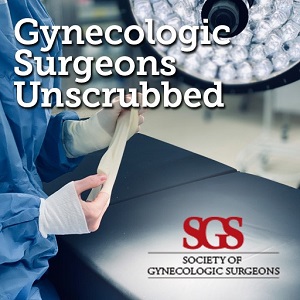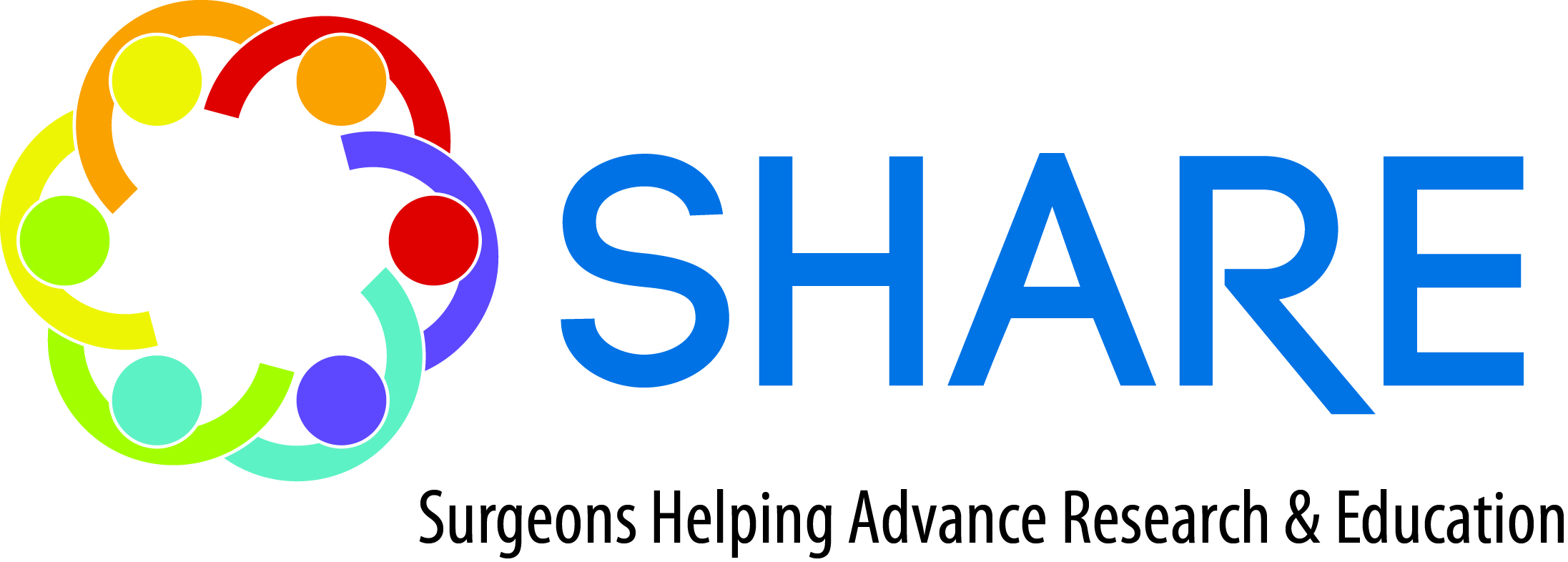|

This hands-on course is composed of two parts: a morning session devoted to suturing and knot-tying skill development, and an afternoon session devoted to skills application to the performance of a cuff closure and a myomectomy in a high fidelity simulation model. Each attendee works individually on a box trainer with monitor screen. Individual guidance is provided as needed to guide learners in their skills acquisition. This foundational course teaches a reliable, reproducible technique based on an understanding of the underlying geometric principles fundamental to the challenge of straight stick suturing and knot-tying. These principles are applied to progressive simulation from low fidelity to high fidelity, providing increasing challenge to the learner. The goal of this course is to provide surgeons with a reliable suturing and knot-tying skill that improves both surgical confidence to take on more complex cases and competence in the performance of the cases.
Course Objectives:
1) Apply learned fundamental geometric principles to the performance of laparoscopic suturing and knot-tying.
2) Demonstrate a reliable and reproducible technique for laparoscopic suturing and knot-tying in progressively more challenging simulation platforms.
3) With emphasis on defect closure, apply this technique in the performance of a myomectomy on a highest fidelity surgical simulation model
Course Format:
Limited to 30 attendees, this all-hands-on all-the-time course involves a morning session devoted to suturing and knot-tying skill development in a dry lab simulation environment and an afternoon session devoted to skills application to high fidelity cuff closure and myomectomy simulation models. Each attendee works individually on a box trainer with monitor screen. The centerpiece of this 9 hr all hands-on simulation course is the “supervised deliberate practice†to provide transformative skills acquisition. There are no formal lectures. Overhead projection of slides and films identifying essential principles occurs throughout the entire course duration. Group demonstration is achieved through projection of a teaching box.
8:00 AM - 12:00 PM | Hands on Dry Lab - Introduction of goals, station assignment, equipment check, warm-up exercises to establish favorable ergonomics. Introduce geometric fundamentals of laparoscopic suturing, knot-tying and knot mechanics. Skills will include needle introduction, needle handling and loading, needle adjustment/manipulation and needle driving, suturing and intracorporeal knot-tying (flat knot) with and without needle. The morning starts with a contralateral approach and finishes using an ipsilateral approach.
12:00 PM - 1:00 PM | Lunchpail session (optional) Cinch knots : Introduction of cinch knot anatomy with application to surgical challenges.
1:00 PM - 3:00 PM | Hands on Dry Lab: Mastery of fundamental skills: Review of knot tying fundamentals with further mentored deliberate and repetitive practice through simulation task assignment. Ipsilateral approach is emphasized.
3:00 PM - 5:00 PM Real Tissue Model Lab: Application of skills - Attendees will apply learned suturing skills in the performance of a Cuff Closure and a Myomectomy on a high fidelity surgical simulation model.
|
















